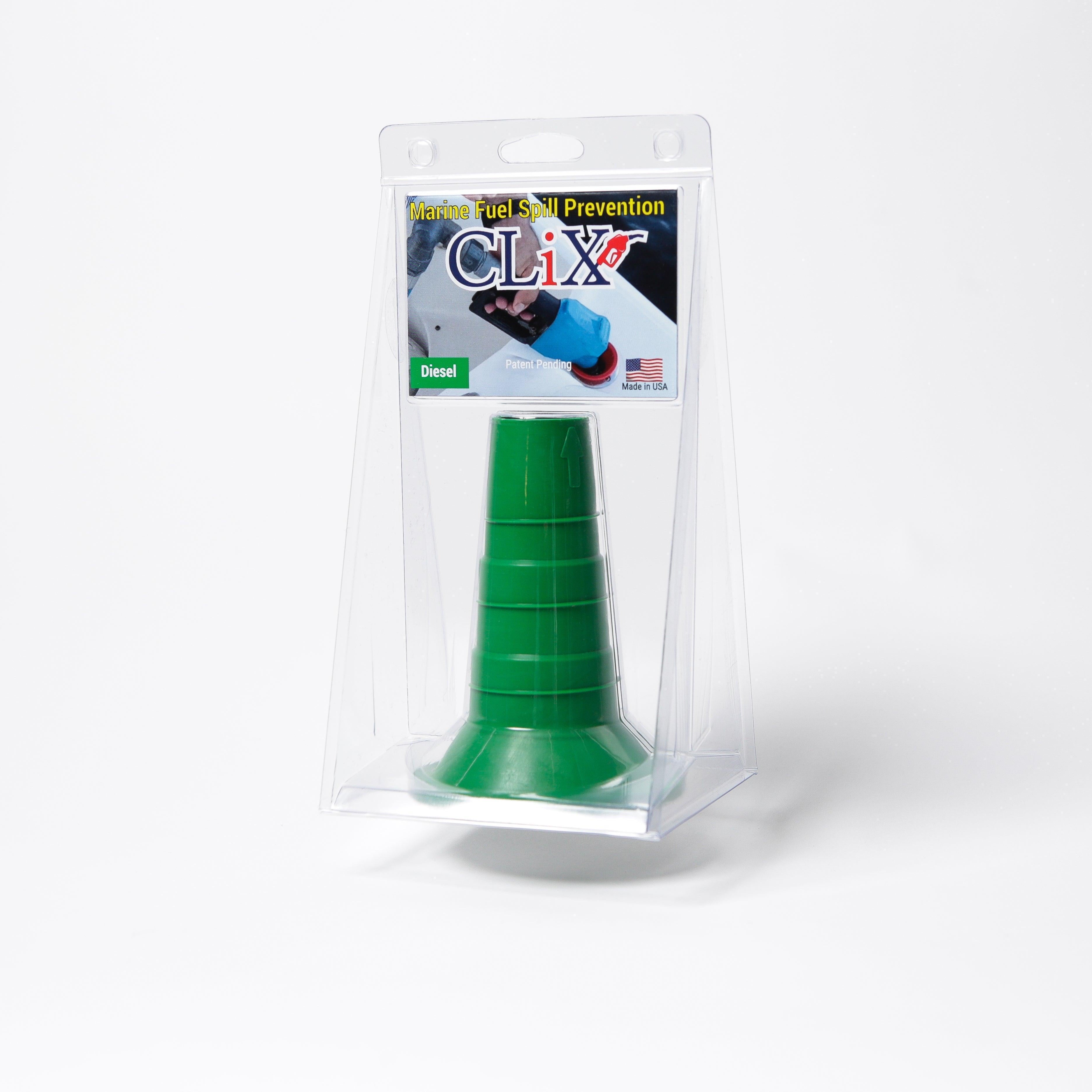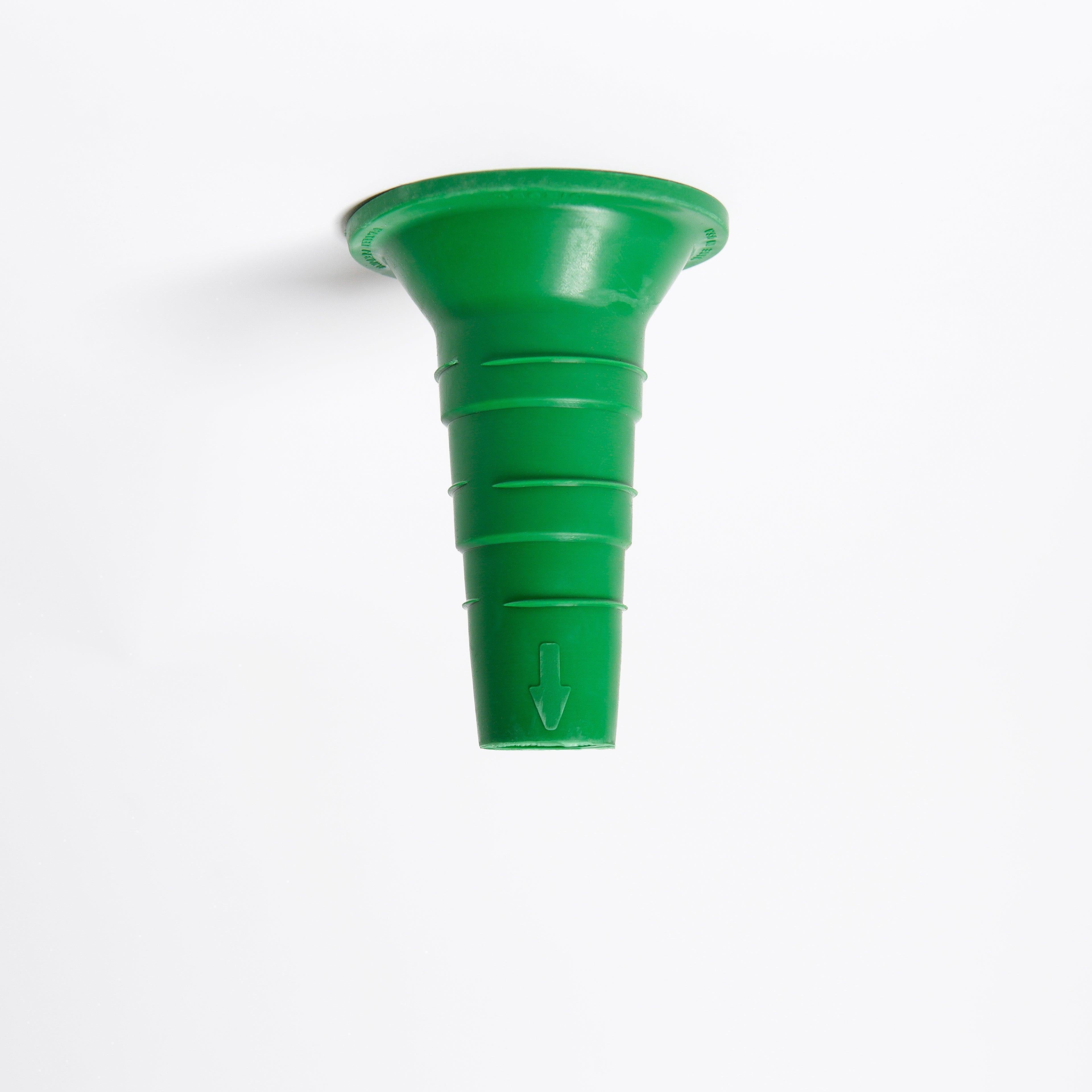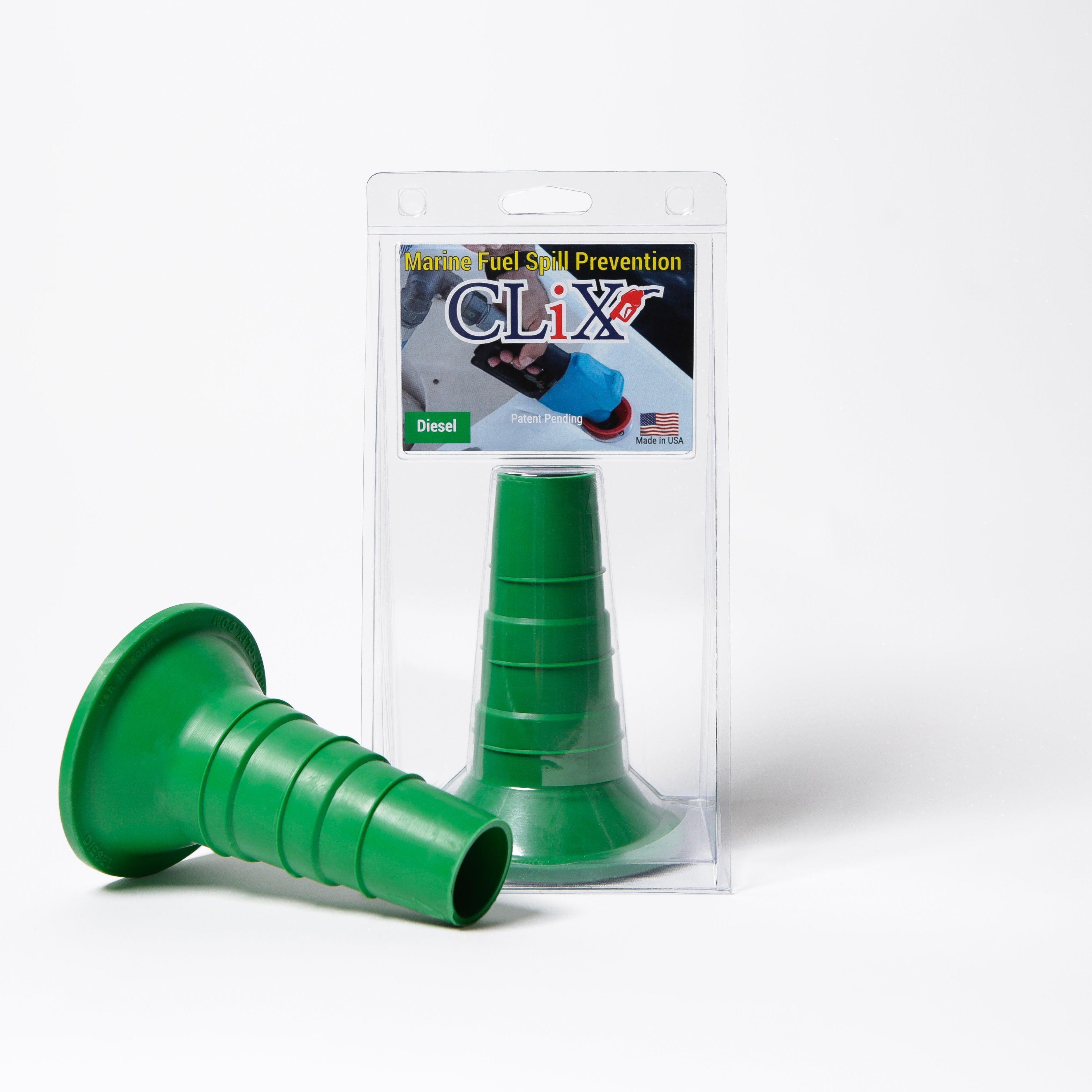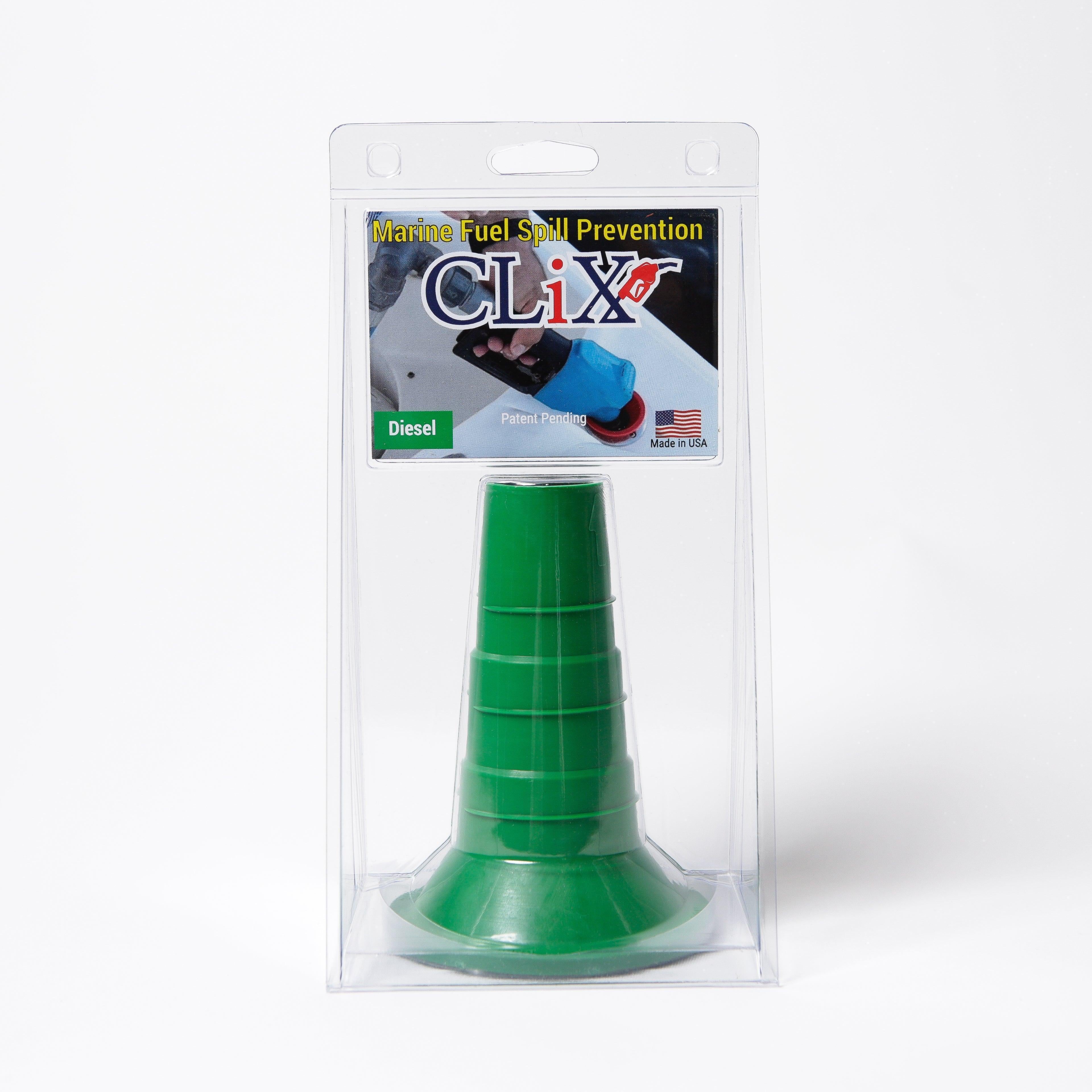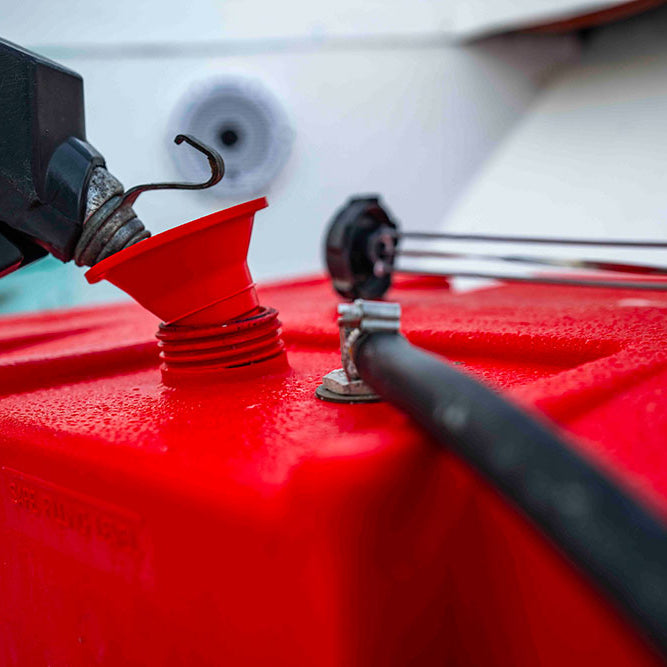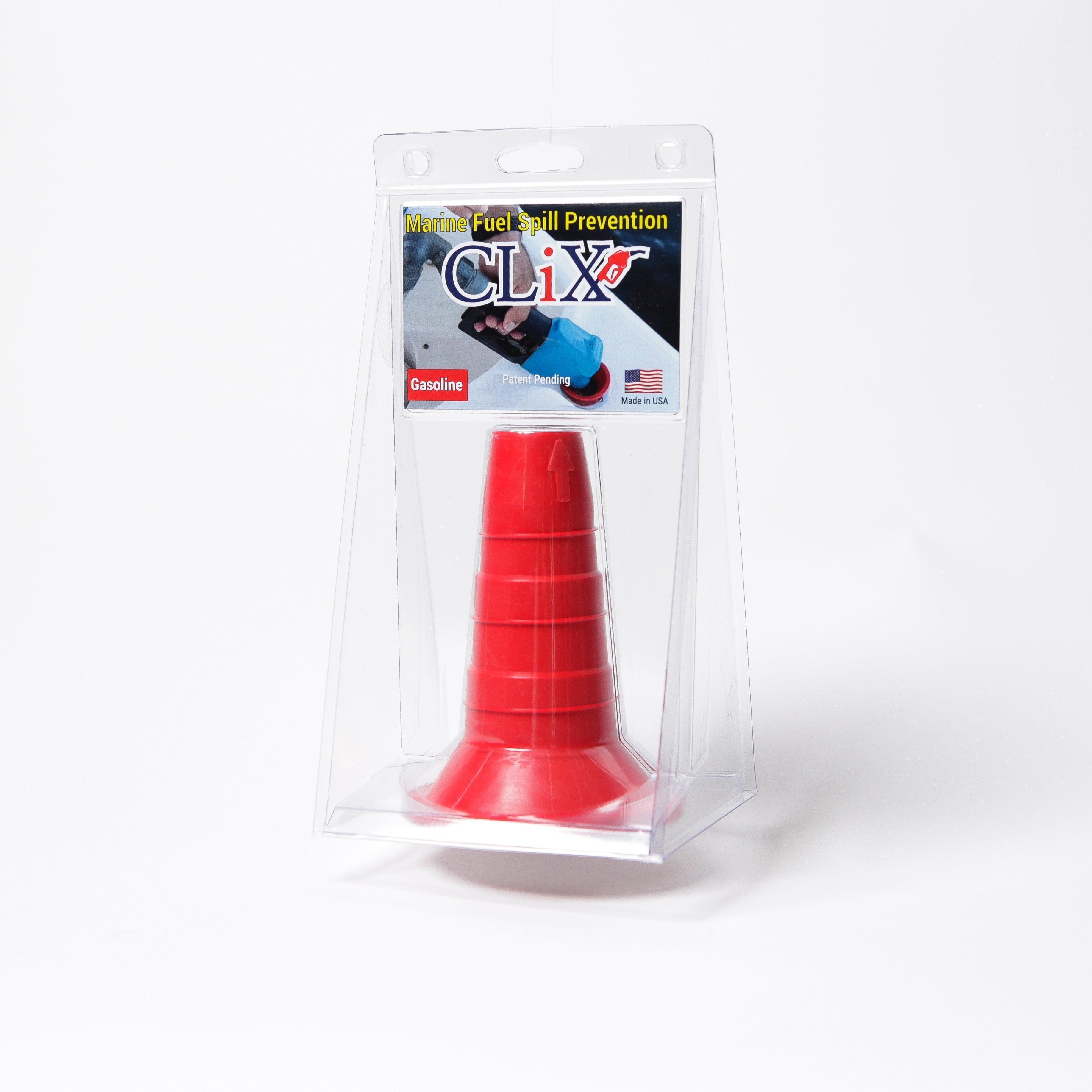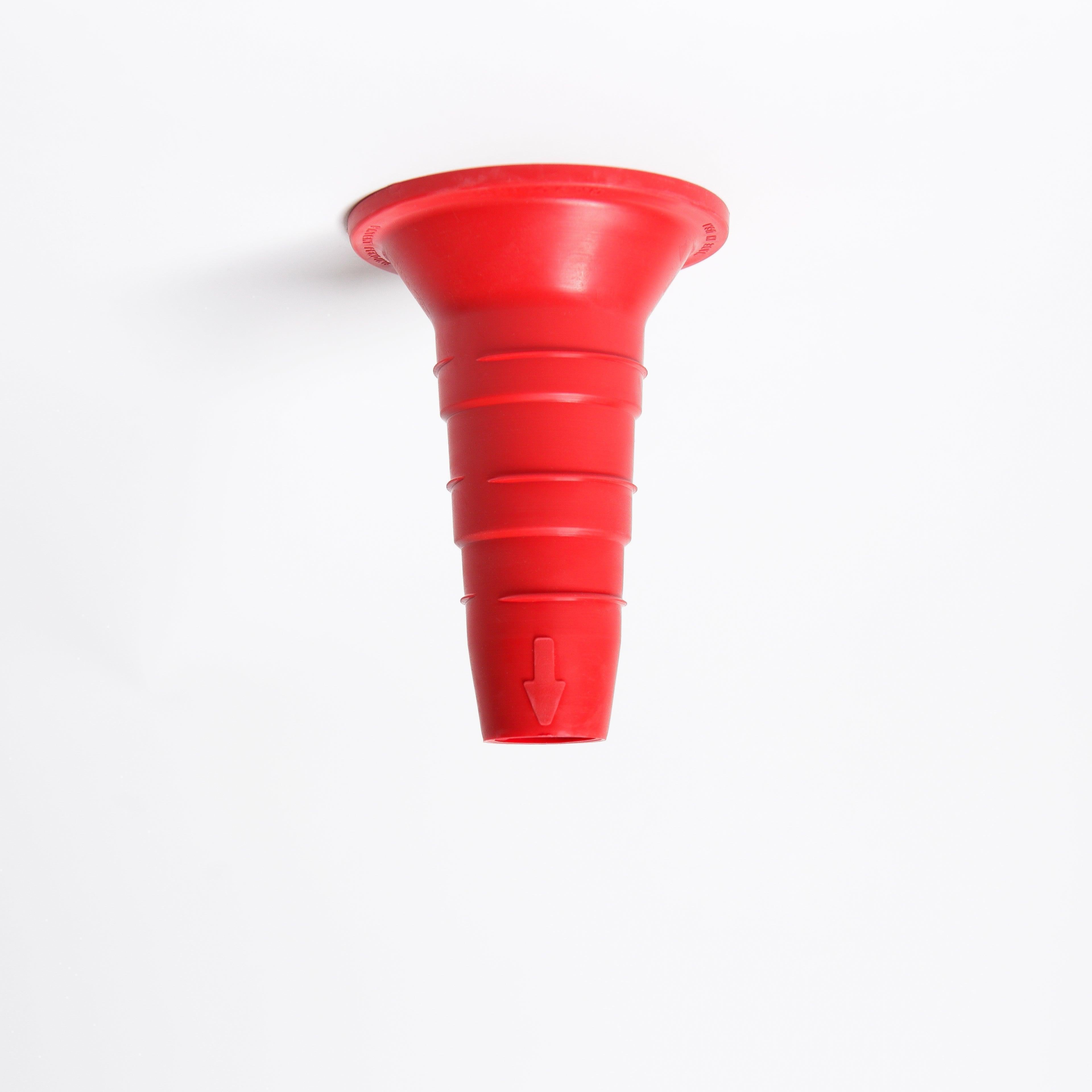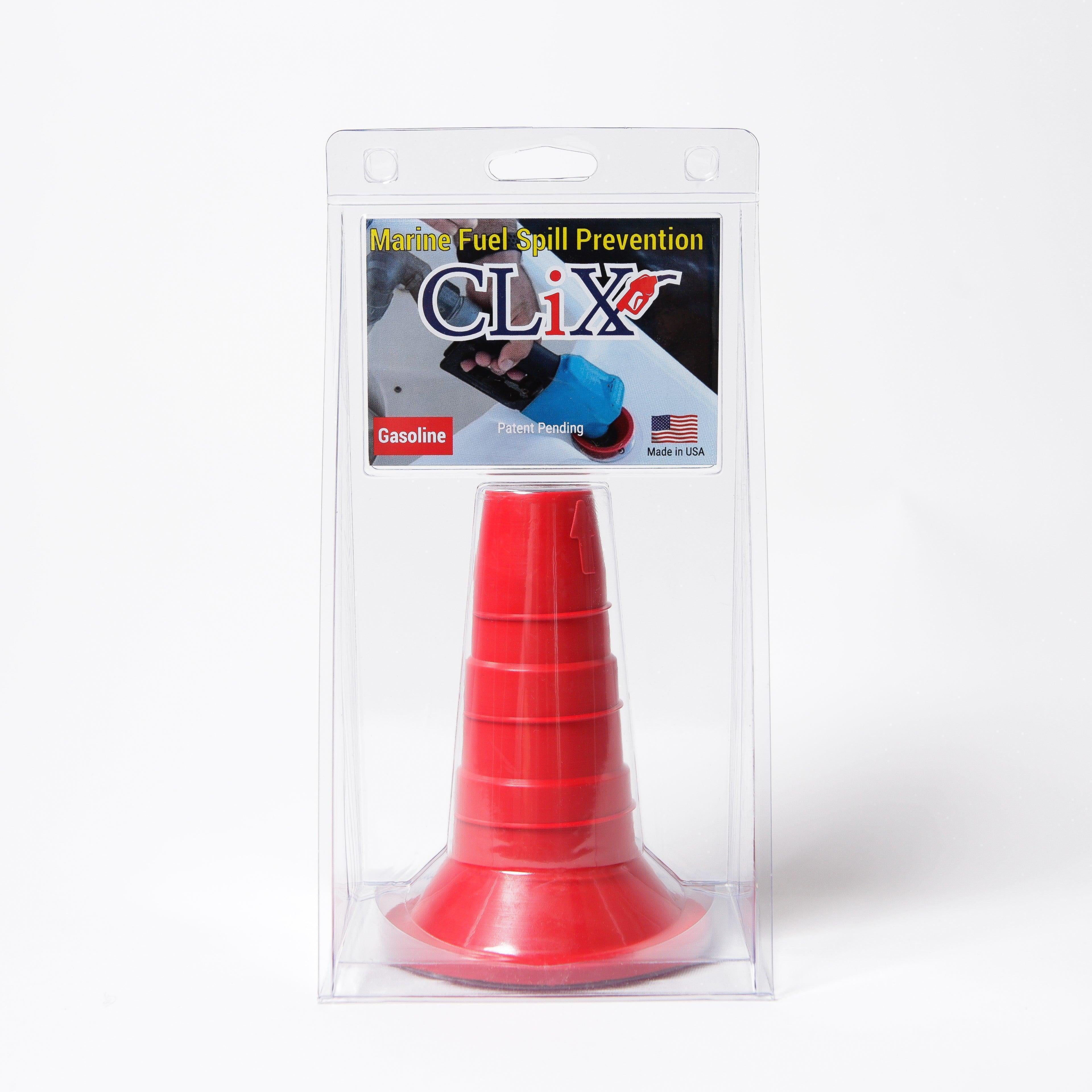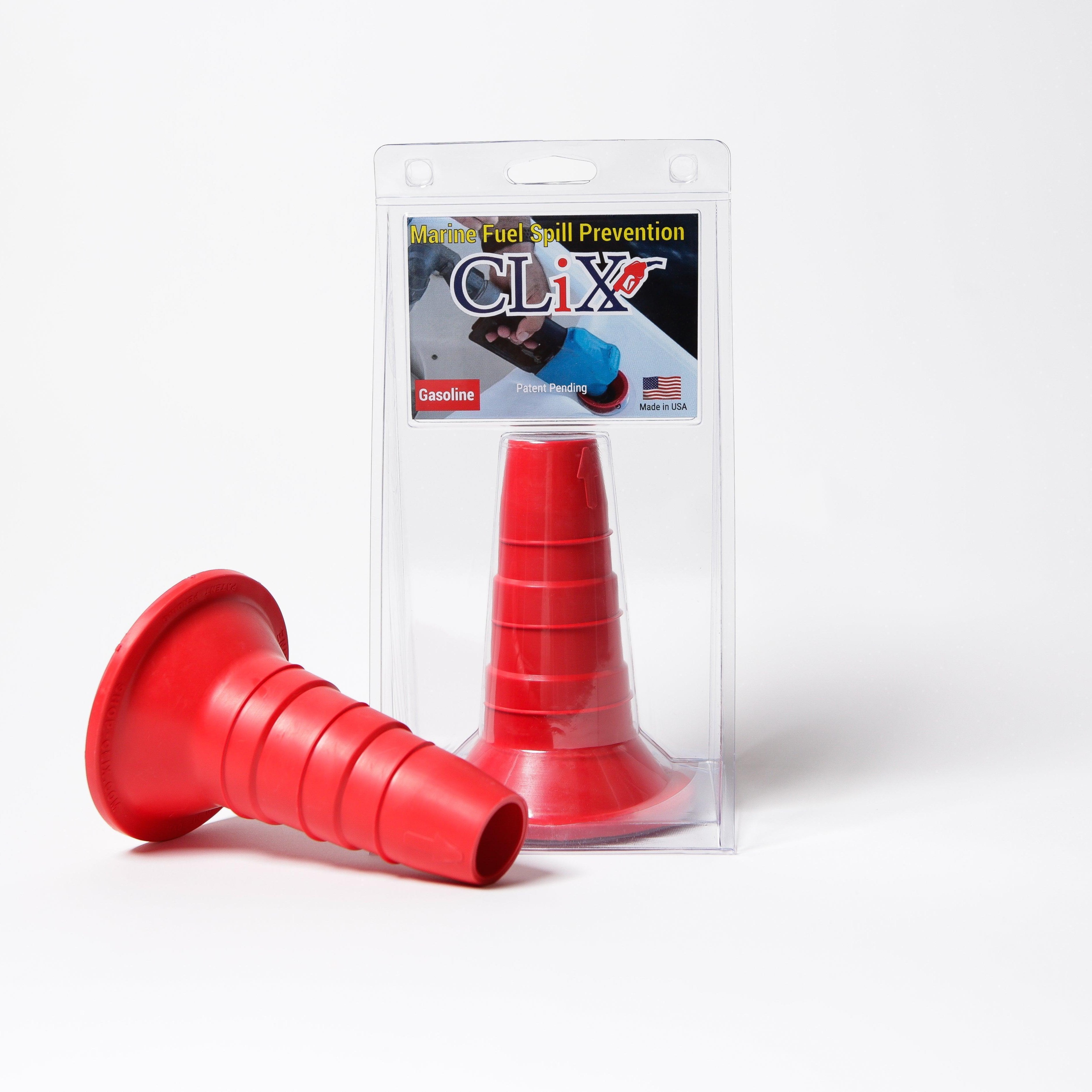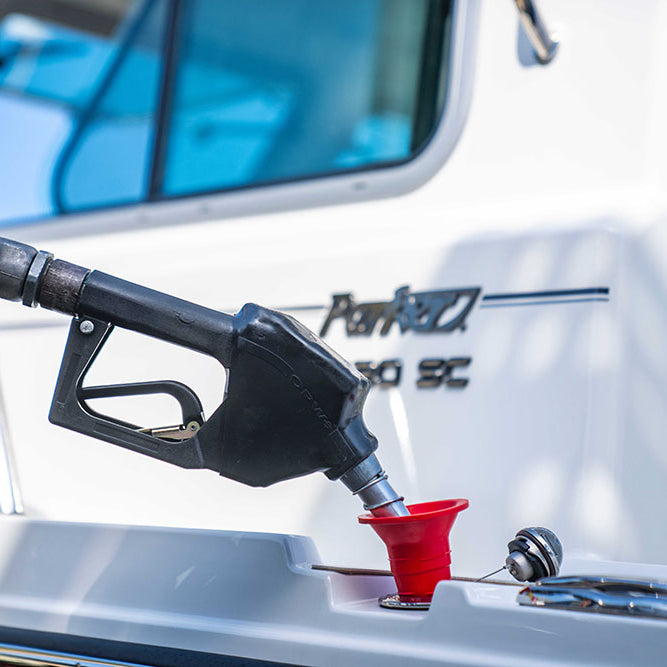Running a marina efficiently isn't about reinventing the wheel. It's about taking a hard look at your daily routines, embracing the right technology, and actually measuring what matters. This means getting out of the "that's how we've always done it" mindset and making smart, data-backed decisions that trim waste, speed up service, and ultimately, make your marina more profitable.
Your Guide to Smarter Marina Operations
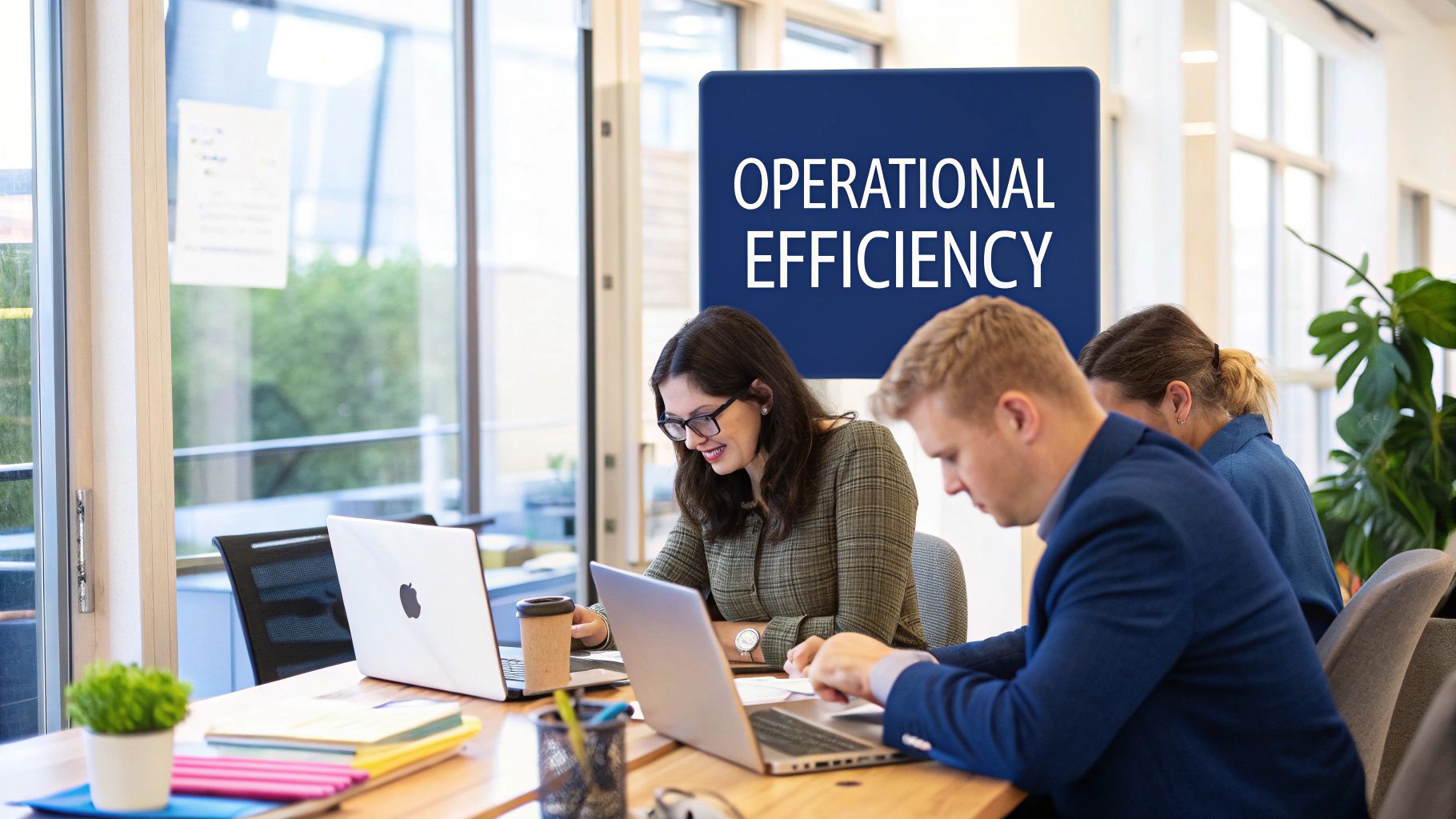
If you're a marina operator, you know the daily struggles all too well. The bottlenecks at the fuel dock, the hours eaten up by manual paperwork, and the nagging feeling of missed revenue opportunities. You're not alone. The great news is that boosting your operational efficiency doesn't require a massive, disruptive overhaul. It's about making small, targeted improvements that yield big returns.
Think of this guide as your roadmap. We'll help you pinpoint those hidden inefficiencies and transform your day-to-day operations. The aim is simple: create a smoother, faster, and more profitable experience for your team and your boaters. It all begins with knowing where to focus your attention.
To get started, let's break down the three fundamental areas where you can make a real impact. Focusing on these pillars will help you build a stronger, more resilient business.
Core Pillars of Operational Efficiency
| Pillar | Key Objective | Example Action |
|---|---|---|
| Process Streamlining | Identify and eliminate bottlenecks in your daily workflows. | Map out the entire fueling and payment process to find and remove redundant steps. |
| Strategic Tech Adoption | Use the right tools to reduce manual work and improve accuracy. | Implement an automated system like CLiX Fueling to cut down on manual entry and speed up service. |
| Data-Driven Monitoring | Track meaningful KPIs to understand your marina's true performance. | Instead of just sales, track fuel transaction times and boater wait times to spot issues. |
By tackling each of these pillars, you create a powerful cycle of continuous improvement that benefits every corner of your marina, from the fuel dock to the front office.
The goal of efficiency isn't just about cutting costs. It's about building a more agile and competitive business that's ready to handle whatever comes next.
This isn't just a marina-specific issue, either. It’s a universal business challenge. A recent global survey highlighted that nearly half of all companies (48%) consider increasing efficiency a top priority. While the level of urgency might differ from place to place, the message is clear: smarter operations are essential for staying competitive. You can dive deeper into these operational efficiency trends to see how businesses worldwide are adapting.
Find and Fix Your Hidden Time Wasters

Let's be honest. Most operational bottlenecks aren't big, dramatic failures. They're the small, frustrating tasks hiding in plain sight, disguised as "the way we've always done things."
The first step to a smoother operation is taking an honest look at your daily workflow. This isn't about placing blame; it's about spotting opportunities. We get so used to our routines that we stop seeing the time-wasting habits baked into them.
Think about the entire experience a boater has at your fuel dock. From their approach to the moment they get their payment confirmation, where are the delays? Is your dockhand trying to juggle a clipboard, a radio, and a credit card machine? That’s a classic friction point. These little hiccups add up, frustrating customers and chipping away at your profits.
Mapping the Customer Journey
To find your weak spots, you have to see the process through your customer’s eyes. Seriously—grab a whiteboard or a notepad and map out every single touchpoint.
- Arrival and Docking: How long does a boater typically wait for help? Are your instructions for approaching the fuel dock clear and easy to follow?
- Fueling Authorization: Does someone have to run back to the office to verify an account or get a pre-authorization? That’s a huge, and often needless, delay.
- The Fueling Process: What is your staff doing while the pump is running? Are they free to help the next boater, or are they stuck managing that one transaction? To really dig in, understanding the nuts and bolts of the entire fueling process can show you even more places to improve. You can learn more about the complete boat fuel system in our detailed guide.
- Payment and Reconciliation: This is a monster. Does your team have to manually type in fuel amounts? Are they entering that same data into your accounting software later? Double entry is the number one enemy of efficiency.
Once you lay it all out like this, the bottlenecks practically jump off the page. It's usually the small, repetitive tasks that eat up the most time and drive your team crazy.
A process audit isn’t just about finding what's broken. It's about discovering what can be made better. The goal is to identify where automation and smarter procedures will deliver the biggest impact.
I know a marina in Florida that discovered its staff was spending nearly 90 minutes per day just matching handwritten fuel logs to credit card receipts. Once they put a number on that lost time, it was a no-brainer to invest in an automated system that got rid of the task entirely. Their team was instantly freed up to focus on helping customers and doing preventative maintenance, which improved the whole marina's performance.
Give Your Fuel Dock an Automation Overhaul for Faster Service
Let’s be honest: the fuel dock is the heart of your marina, but it can also be the source of your biggest headaches. It's where delays pile up and boaters get frustrated. If you want to make a real impact on your operational efficiency, this is the place to start. The secret is to ditch the old, manual way of doing things and embrace automation.
Tools like CLiX Fueling are built to solve the exact bottlenecks you likely found during your workflow audit. Instead of a dockhand fumbling with a clipboard, a crackly radio, and a separate payment terminal, the whole process becomes remarkably smooth. With automated payment and authorization, you completely cut out manual data entry—a notorious source of errors and wasted time.
This isn't just about speed. It transforms your staff from simple transaction processors into true customer service experts. They can finally focus on what matters: helping boaters dock safely, answering questions, and providing the kind of premium experience that keeps people coming back.
From Clunky to Seamless: A Tale of Two Docks
Think about the traditional fueling process for a moment. A boater pulls in and waits for a dockhand. That dockhand might have to jog back to the office to check an account or pre-authorize a credit card. They jot down the details, process the payment, and then spend time later trying to reconcile the fuel logs. Every single step is a potential point of failure or delay.
Now, imagine the automated alternative. A boater cruises up, taps their card or a fob, and gets instant authorization to start fueling. The system tracks every gallon and processes the payment automatically. No waiting. No scribbling on notepads. No reconciliation nightmare at closing time.
The boater's experience is completely transformed. What was once a time-consuming chore becomes a quick, seamless interaction. They just tap, fuel, and go. This is the new gold standard for a modern, customer-first marina.
This streamlined approach, which you can see in the flow below, is all about mapping out your current process, cutting the fat, and using technology to put the whole thing on hyperdrive.
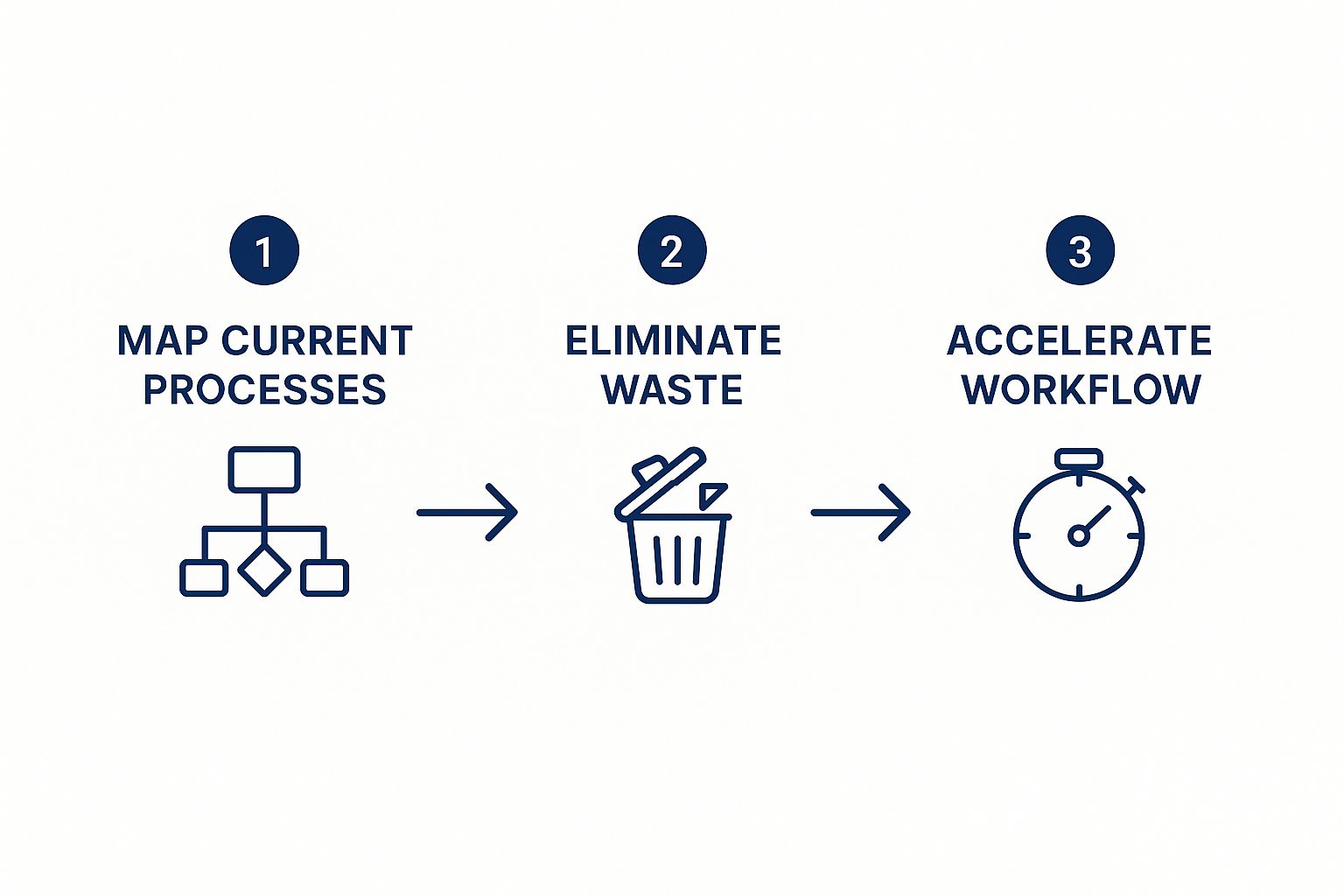
This visual really drives home the journey from identifying a problem to implementing a high-speed solution. That’s the core of any smart efficiency project.
The Business Case for Fuel Dock Automation
Let's get down to brass tacks. Automating your fuel dock isn't just a "nice-to-have" feature; it's a strategic move to stay competitive. This isn't just a marina trend—it's happening everywhere.
Think bigger for a second. A recent Deloitte survey found that a staggering 92% of manufacturing executives believe smart factory tech—which is all about automation and connected devices—is what will separate the winners from the losers in the coming years. They see it as essential for how they operate. The same principles apply directly to your marina.
Automating your fuel dock pays off in real, measurable ways:
- Shorter Wait Times: When transactions are faster, you can serve more boats, especially during those crazy peak hours. That means more revenue.
- Zero Manual Errors: Automated data capture is dead-on accurate. You can say goodbye to costly mistakes in billing and inventory tracking.
- A More Productive Team: With their time freed up, your staff can focus on higher-value tasks, like upselling services or handling preventative maintenance.
- Happier Customers: A quick, easy fueling experience is something boaters remember. It encourages them to return and, even better, to recommend your marina to their friends.
While fuel dock automation is a fantastic starting point, thinking about workflow automation for small businesses on a broader scale can help you find other areas to improve. By taking routine, repetitive tasks off your team's plate, you don’t just boost efficiency—you build a stronger, more profitable business.
Empower Your Team with Smarter Workflows
https://www.youtube.com/embed/pdAzErJdp84
Real operational efficiency isn't just about the latest tech or faster service times. At its heart, it’s about your people. When your team is stuck doing tedious, manual tasks day in and day out, their morale and focus take a serious hit. This kind of frustration is a hidden cost that can quietly sink a business.
Think about it. We’ve all seen a dockhand trying to match handwritten fuel logs with a mountain of receipts after a long, hot day on the docks. Or an office manager spending hours chasing down payments and fixing simple data entry mistakes. These aren't just small headaches; they are the exact things that lead to employee burnout and high turnover. All that energy is wasted on tasks that could be automated, instead of being used to create a fantastic experience for your customers.
Turning Frustration into Motivation
Giving your team the right tools to automate these repetitive chores is one of the smartest investments you can make. When you free your staff from mind-numbing paperwork, you’re not just making their jobs easier—you’re allowing them to focus on work that actually matters.
- Proactive Customer Service: Instead of just reacting to problems, your team can actively engage with boaters, offer helpful advice, and build the kind of loyalty that keeps people coming back.
- Preventative Maintenance: With more time on their hands, staff can shift their focus to inspecting equipment, keeping the docks organized, and catching small issues before they become big, expensive problems.
- Upselling Opportunities: A less-stressed employee is much more likely to notice opportunities to offer extra services, whether it’s a simple pump-out or items from the ship's store.
This change does more than just boost productivity; it helps create a work environment people actually enjoy. For a great parallel, look at how hotel PMS integration has transformed another service-heavy industry by connecting systems to boost both efficiency and revenue.
Investing in smarter workflows sends a powerful message to your employees: their time is valuable. That kind of respect is the foundation of a positive and productive culture.
The Real Cost of Inefficient Processes
Clunky, inefficient processes are a direct line to staff dissatisfaction and, ultimately, people quitting. It’s a huge problem. In fact, recent studies show that over 40% of workers are considering leaving their jobs, and a big reason is the frustration from manual, repetitive work.
When your core operations are manual, it doesn't just tie up your best people—it prevents your business from jumping on new opportunities because nobody has the bandwidth. Streamlining those operations frees your team to do more strategic, engaging work.
By adopting smarter workflows, you’re not just improving your bottom line. You’re building a workplace that attracts and keeps great people. These same principles apply when you're managing bigger accounts, too. You can see how this works on a larger scale in our guide on expert fuel management for fleets.
Measure What Matters for Continuous Growth

Here’s a simple truth I’ve learned over the years: you can't improve what you don't measure. It’s the bedrock of any serious effort to boost efficiency. Just looking at overall revenue isn't enough. Real insight comes from digging into the specific numbers—the key performance indicators (KPIs)—that tell you how healthy your marina actually is.
This is all about moving past guesswork. When you stop just feeling like it was a "busy Saturday" and start knowing precisely how long boaters waited at the dock, you can make real, data-driven decisions. Vague problems suddenly become solvable challenges with clear solutions.
Key Metrics to Start Tracking Now
So, where do you start? To get a true handle on your fuel dock's efficiency, you need to look at granular data. These metrics give you a clear window into your daily performance and often point to the quickest wins.
-
Average Fuel Transaction Time: How long does it take from when a boat ties up to when the payment is processed and they cast off? A long transaction time is a dead giveaway that your authorization or payment process is a bottleneck.
-
Gallons Sold Per Staff Hour: This one is fantastic because it ties your biggest expense—labor—directly to sales. If this number is low, your team is likely getting bogged down by manual tasks instead of helping more boaters.
-
Customer Wait Time at the Dock: This is a big one. How long are people waiting for an open spot or for one of your crew to become available? Long waits are a surefire way to frustrate customers and send them looking for another marina next time.
You could, of course, track this with a clipboard and a stopwatch, but who has time for that? Modern tools make it so much easier. An automated system like CLiX Fueling can capture these data points for you, serving up accurate, real-time insights without adding another task to your team's plate.
We break down more of these options in our guide to the top marine fuel management systems.
The goal isn't just to collect data; it's to use it. These numbers tell a story about your marina's health and show you the direct path to making it better.
Once you see that wait times spike between 10 AM and 2 PM on weekends, you have the evidence you need to adjust staffing. If your transaction times are dragging, you have a rock-solid case for investing in tech that automates payments right at the pump. It creates a simple, powerful feedback loop: measure, analyze, improve, and measure again.
Frequently Asked Questions About Marina Efficiency
When you start looking into ways to improve how your marina runs, questions always come up. And they should. Making any big change to your operation is a major decision, and you're smart to look at it from every angle before you commit.
Here, I've gathered some of the most common questions I hear from marina operators who are thinking about modernizing. My goal is to give you straight, no-nonsense answers to help you feel confident about moving your marina toward a more efficient—and profitable—future.
What Is the Real Cost of Implementing New Systems?
This is almost always the first question, and for good reason. The sticker price for new tech, like an automated fueling system, can feel steep. But you have to look past that initial number and think about the return on investment (ROI). What’s it really costing you to stick with your old, inefficient ways?
Those hidden costs add up fast. Think about:
- Wasted Staff Hours: Every minute your team spends on manual data entry, double-checking fuel logs, or fixing mistakes is time they aren't helping customers or improving the guest experience.
- Costly Errors: It just takes one misplaced decimal in a fuel log to throw off your inventory and billing, leading to real financial losses over a year.
- Missed Revenue: A slow fuel dock frustrates boaters. If they have to wait too long, they'll simply go somewhere else next time. Faster service means you can move more boats through during peak hours, which translates directly to more revenue.
When you start adding up those savings, that initial investment often pays for itself a lot quicker than you might think. The true cost isn’t what you spend on a new system; it’s what you’re losing by not having one.
The most expensive system is the one that doesn't work. Focusing solely on the initial price tag ignores the long-term financial drain of inefficient, outdated processes.
How Much Training Does My Staff Need?
I get it. The last thing you want is a complicated system that your team struggles to learn. The good news is that today’s systems are built with the user in mind. A solution like CLiX Fueling, for example, was designed specifically for simplicity. It turns a clunky, multi-step process into a quick, intuitive tap-and-go action.
Honestly, training is usually a breeze and can often be done in just a couple of hours. The best systems don't add more work; they take tedious tasks off your team's plate. Instead of dreading it, your staff will probably thank you for getting rid of the most frustrating parts of their job. They'll be more effective and probably a lot happier, too.
How Do I Actually Measure the ROI?
Measuring your return on investment is more straightforward than it seems. It all comes down to tracking a few key numbers before and after you make the switch. First, you need a clear picture of where you stand right now.
Key Metrics to Track:
- Average Transaction Time: Grab a stopwatch on a busy day and time a dozen or so transactions from start to finish.
- Fuel Volume Per Hour: How many gallons are you actually pumping during your busiest times?
- Data Entry Errors: Be honest—how often are you or your team correcting billing or inventory mistakes each month?
Once your new system is up and running, track those same metrics again. The difference will give you hard data that shows the real-world value of your investment. You’ll have concrete proof that you made the right call for your business. For a deeper dive into this, you can find more practical tips for improving operational efficiency that offer some great additional ideas.
Ready to stop wasting time and start boosting your bottom line? Discover how CLiX Fueling Solutions can automate your fuel dock, eliminate errors, and create a better experience for your boaters and your staff. Learn more at https://clixfueling.com.

